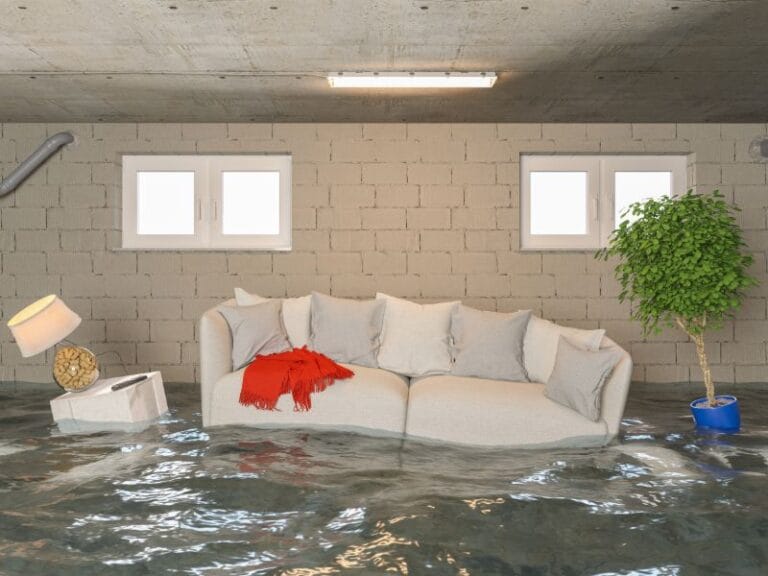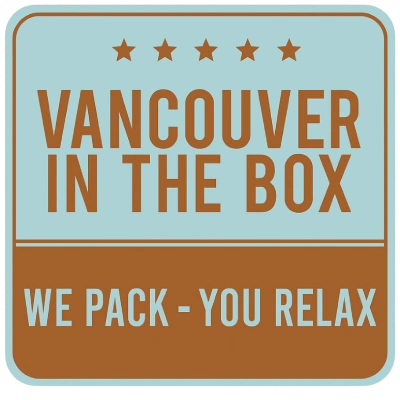
October 2024 has seen record-breaking rainfall across Metro Vancouver, with some areas like North Vancouver and Langley experiencing significant flooding at residential homes. For those affected, dealing with the aftermath of a flood can be overwhelming, especially when it comes to packing and restoration of your home.
Packing Tips For After A Flood
Based on our years of experience working alongside restoration companies, we’ve learned some essential tips to help guide you through this process:
1. Stop the Water and Ensure Safety
First and foremost, locate the source of the water and stop it if you can. Turn off the electricity in your home but be sure to avoid walking through standing water to access the electrical panel—it’s important to prioritize safety.
2. Document the Damage
Take photos or videos of the water source, affected areas, and any damaged belongings. Proper documentation will be useful for insurance claims and restoration processes.
3. Clear the Flooded Area
Whether or not you’ve contacted your insurance or a restoration company, it’s crucial to make the flooded area accessible. Start by sorting your belongings into two categories: damaged and undamaged items.
4. Handle Damaged Items
Damaged items may either be restored or reimbursed through insurance. Keep them aside for assessment.
5. Remove and Dry Undamaged Belongings
Items that were not affected by the water should be removed from the affected area. Make sure they are completely dry before packing them. Moisture can lead to mold, so it’s important to double-check before placing anything in boxes.
6. Avoid Packing Wet Items
Do not pack wet or damp items. Mold can develop quickly, damaging not only the contents of that box but spreading to nearby boxes and even walls.
7. Hazardous Materials
If your belongings are going into storage—whether in a storage unit or a spare room in your home—certain items should not be packed due to safety risks. These include:
- Propane tanks (of any size)
- Cylinder tanks (such as those used for SodaStream machines or oxygen tanks)
- Fire extinguishers
- Household cleaning supplies
These items can leak, explode, or cause dangerous reactions with other materials in storage, so they should be stored separately or disposed of properly.
8. Plan Ahead if You Need to Move Out
If you’re forced to move out of your home due to the restoration process, it’s wise to overestimate how long you’ll be away. Be sure to pack clothes for the next season, and take any emergency items or important documents with you, such as passports, identification, or medical records.
9. Keep Tax Documents Accessible
With tax season approaching, it’s important to have your financial and tax documents easily accessible. Make sure you know where they are, even if your home is being restored or you’re temporarily relocated.
10. Label and Inventory Your Boxes
When packing for restoration purposes, our team always labels each box with the room it belongs to and the contents inside. We also number the boxes and create an inventory list. We highly recommend doing the same: keep a record of what’s in each box, how many boxes you have, and the sizes of the boxes. This will make unpacking and organizing much easier when you’re ready to return.
Packing to prepare for restoration of your flood-affected home
If you’ve been affected by the recent floods in Metro Vancouver, our team is here to help you through the packing and restoration process. Contact Vancouver in Box Today, use our online form or call us 778-228-6976 for your emergency moving or restoration during this extreme weather!

